Description
Problem
Density is basically how tightly packed atoms are. (Mathematically, density is mass divided by volume.) For example, take a golf ball and a ping pong ball. Both are about the same size or, in other words, take up the same volume.
However, one is much heavier, has more mass, than the other. The golf ball has its atoms much more closely packed together than the ping pong ball and as such the golf ball is denser.
These are quick and easy demonstrations for density that use simple household materials:
Materials
- glass jar
- water
- vegetable oil
- liquid dish soap
- honey
- corn syrup
- molasses
- rubbing alcohol
- lamp oil (optional)
Fill a clear glass partway with water. Drizzle in cooking oil. What do you see happening? Try adding in liquid dish soap (make sure it’s a different color form the water and the oil for better visibility.)
Procedure:
- Fill a pitcher or other large container with water and ice cubes. Allow the water in the pitcher to cool for at least half an hour.
- Bend each metal rod in half two times to make metal bridges. Why do you think we should fold the rod in half twice? Would folding it once produce the same results?
- Place the instant digital thermometers in each of the cups that will hold cold water.
- Have an adult boil some water. Let it cool a bit before use.
- For each pair of cups, pour equal volumes for hot water into the “hot” cup. Be sure the water covers the ends of the bridges.
- For each pair of cups, pour equal volumes of cold water into the “cold” cup. Be sure the water covers the end of the bridges. Why do you think the volumes of water need to be equal?
- Take the initial temperature of the cold water. Record the temperature in a chart listing the time (in minutes) and temperature (in degrees Fahrenheit).
- Record the temperature of each cold water cup every 5 minutes for a total of 30 minutes. Your table should have which set it is (none, copper, steel, brass), time, and boxes to fill in for temperature. Do you think that all of the heat that’s conducted away from the hot cup goes into the cold cup? Why or why not? Hint: sometimes heat doesn’t always go where we want it to!
- Which cup of cold water experienced the greatest change in temperature from the beginning to the end? Calculate this by subtracting the cup’s starting temperature from its final temperature.
- Organize your data with line graphs. On the x-axis, plot time in minutes. On the y-axis, plot temperature difference in degrees. By creating a chart like this, we can see which metal transfers the most heat overall. This also gives us some information about each metal’s conductivity: The steeper the slope, the higher the conductivity.
Results:
Copper will transfer the most heat, followed by brass. Steel is the poorest conductor of heat.
Explanation:
Copper has the highest heat conductivity value, while steel has the lowest heat conductivity value. Heat conductivity is a really important property of a material—we need to keep it in mind when we’re deciding what we’re going to use the material for! Here’s an example: Because copper is such a great conductor, we use it for things like heating rods and wires. Because steel is a poor conductor and can withstand high temperatures, we use it to build engines in airplanes.
Think back to when we folded our wire bridges in half twice. Why do you think we did this? Remember: conduction happens best when more molecules are in contact with each other. Folding the rod in half twice allows the heat from the hot cup to travel through more molecules, allowing more heat to travel from the hot cup to the cold cup. Folding the metal rods only once will still create a good heat bridge, but we would see a smaller temperature change in the cold cups, making it harder to see which metal is the best conductor!
As for the volumes of water needing to be equal? To get good data from our experiment, each hot water cup needs to hold the same amount of heat, and water has a very specific heat capacity. Heat capacity is how much heat energy it takes to change the temperature of a given amount of a substance. Think about it this way: all four of our cups have equal volumes of water at the same temperature, so that means that each hot water cup holds the same amount of heat energy.
So when heat conducts away from the hot cup, does all of that energy go through the metal bridge and into the cold cup? Not at all. Heat is often lost to its surroundings, and in this case, some of the heat from the hot water will be lost to the air. Similarly, the air in the room will lose some of its heat to the cup of cold water. We tried to minimize heat loss by using Styrofoam cups, because Styrofoam is known to be a great insulator—a material that’s a poor conductor of heat.
Further investigation:
To clearly illustrate how hot and cold air don’t mix, find two identical glasses. Fill one glass to the brim with hot water. Add a drop or two of red food coloring and watch the patterns. Now fill the other glass to the top with very cold water and add drops of blue dye. Do you notice a difference in how the food coloring flows?
Get a thick sheet of heavy paper (index cards work well) and use it to cap the blue glass. Working quickly, invert the glass and stack it mouth-to-mouth with the red glass. This is the tricky part: When the glasses are carefully lined up, remove the card. Is it different if you invert the red glass over the blue?
Disclaimer and Safety Precautions
Warning is hereby given that not all Project Ideas are appropriate for all individuals or in all circumstances. Implementation of any Science Project Idea should be undertaken only in appropriate settings and with appropriate parental or other supervision. Reading and following the safety precautions of all materials used in a project is the sole responsibility of each individual. For further information, consult your state’s handbook of Science Safety.



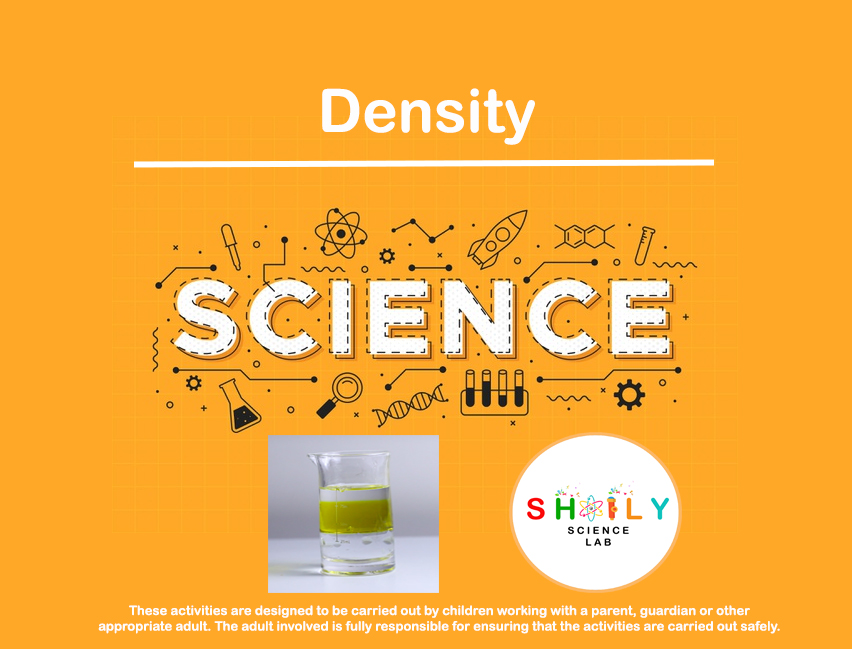
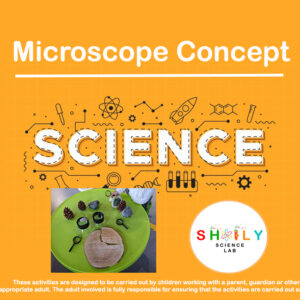
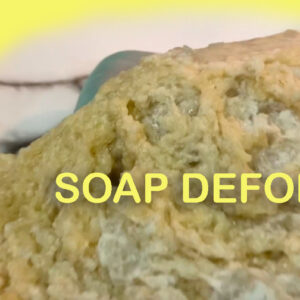
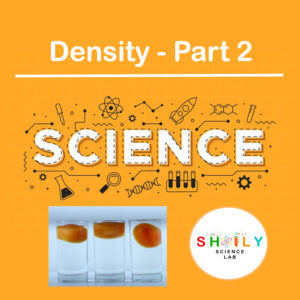
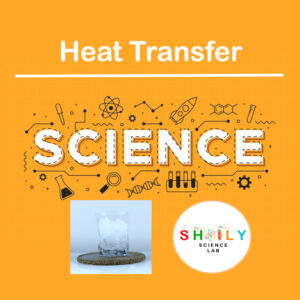

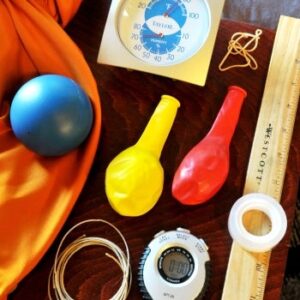
Reviews
There are no reviews yet.